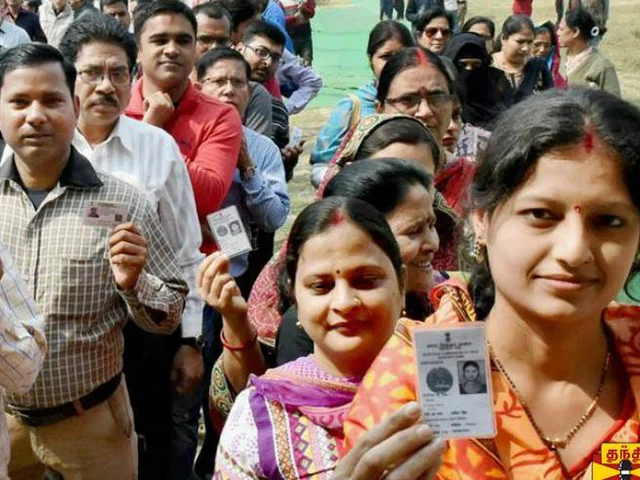IMD: Your Go‑to Source for India’s Weather and Climate Updates
If you’ve ever wondered why your umbrella never seems to match the forecast, you’re not alone. The Indian Meteorological Department (IMD) is the agency behind the daily weather reports, monsoon predictions, and climate alerts that shape everything from farming schedules to festival planning across the subcontinent. Knowing how IMD works can turn a rainy surprise into a well‑timed plan.
How IMD Keeps You Informed
IMD operates a network of more than 1,200 weather stations, satellites, and radar systems. Data from these sources feed powerful computer models that churn out short‑term forecasts (today, tomorrow, next three days) and long‑term outlooks (seasonal monsoon forecasts, climate change trends). The department updates its website and mobile apps every hour, pushing alerts for extreme events like cyclones, heatwaves, and fog. All this information is free, and you can subscribe to SMS or email alerts for your local district.
During the monsoon season, IMD’s quarterly reports become a lifeline for farmers. The department issues percent‑wise rainfall forecasts for each basin, helping growers decide when to sow, irrigate, or harvest. Similarly, city planners rely on IMD’s air‑quality and temperature projections to manage traffic, electricity load, and public‑health warnings. In short, the data isn’t just numbers – it’s a tool that supports daily decisions across the country.
Making the Most of IMD Forecasts
Here are three practical ways to use IMD updates in your routine:
1. Plan travel wisely. Before a road trip, check the 24‑hour forecast for your route. If IMD warns of heavy rain or fog, consider an alternate path or adjust departure times. The department’s “rain alarm” maps show hyper‑local chances of showers, so you won’t get stuck in traffic because of an unexpected downpour.
2. Protect your home. Cyclone warnings come with recommended safety measures – board up windows, secure loose objects, and stock up on essentials. IMD’s damage‑assessment tools let you see the projected storm surge for coastal districts, helping you decide whether evacuation is necessary.
3. Stay healthy. Heatwave alerts trigger public‑health advisories. When IMD flags a “dangerous heat index,” drink extra water, avoid outdoor exercise during peak hours, and check on vulnerable neighbors. Conversely, when a cold wave is forecast, layer up early to prevent chills.
Remember, forecasts are predictions, not guarantees. Weather can shift quickly, especially in regions with complex terrain like the Himalayas or the Western Ghats. Keep an eye on real‑time updates and trust the local bulletins that IMD releases throughout the day.
Finally, if you’re passionate about climate issues, IMD’s annual reports are a goldmine. They detail temperature trends, rainfall anomalies, and greenhouse‑gas observations for the whole nation. Sharing these insights on social media helps raise awareness and encourages community action toward a more resilient future.
Whether you’re a farmer, commuter, student, or just someone who hates getting caught in the rain, IMD offers the data you need to stay ahead of the weather. Bookmark the IMD portal, enable alerts, and turn weather uncertainty into a predictable part of your day.
IMD's Sep 29 forecast predicts heavy rain for Maharashtra and Goa, light showers for Delhi, and gusty thunderstorms across the east, signaling the end of India's monsoon season.




